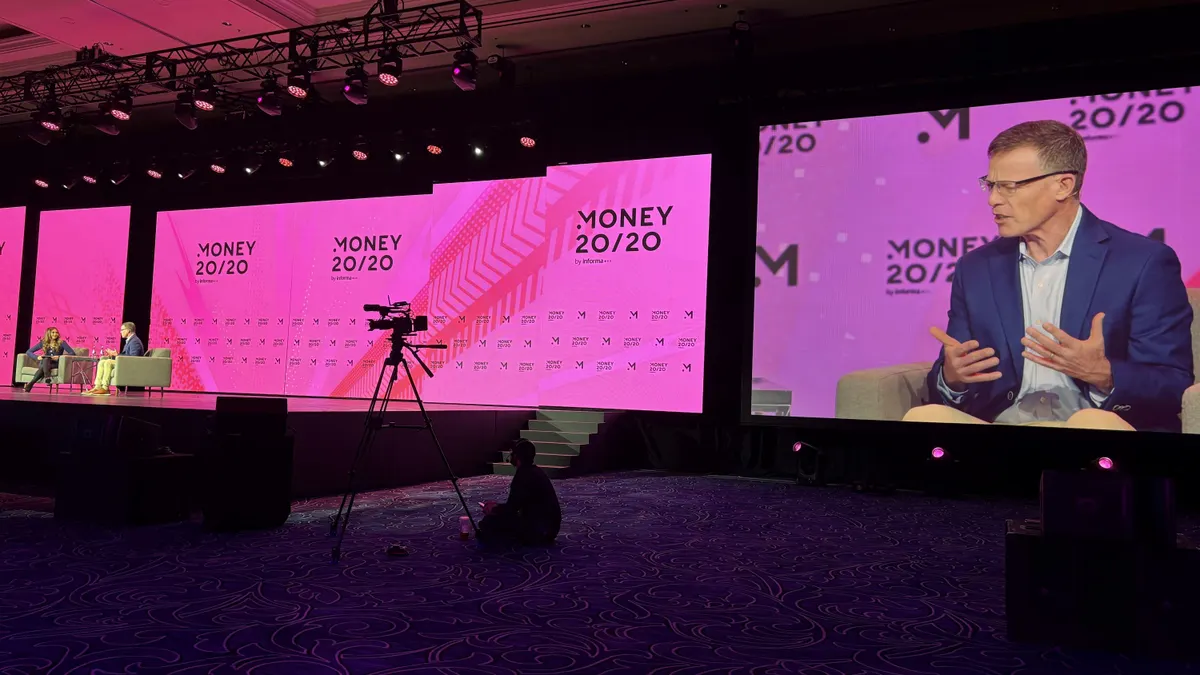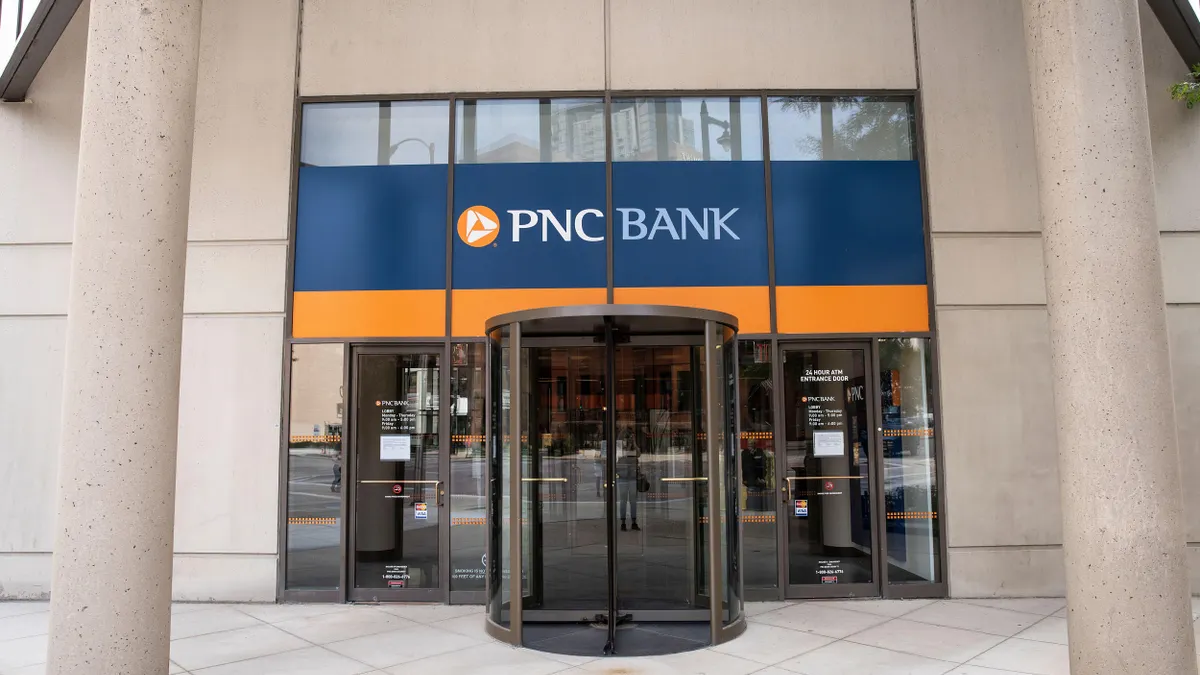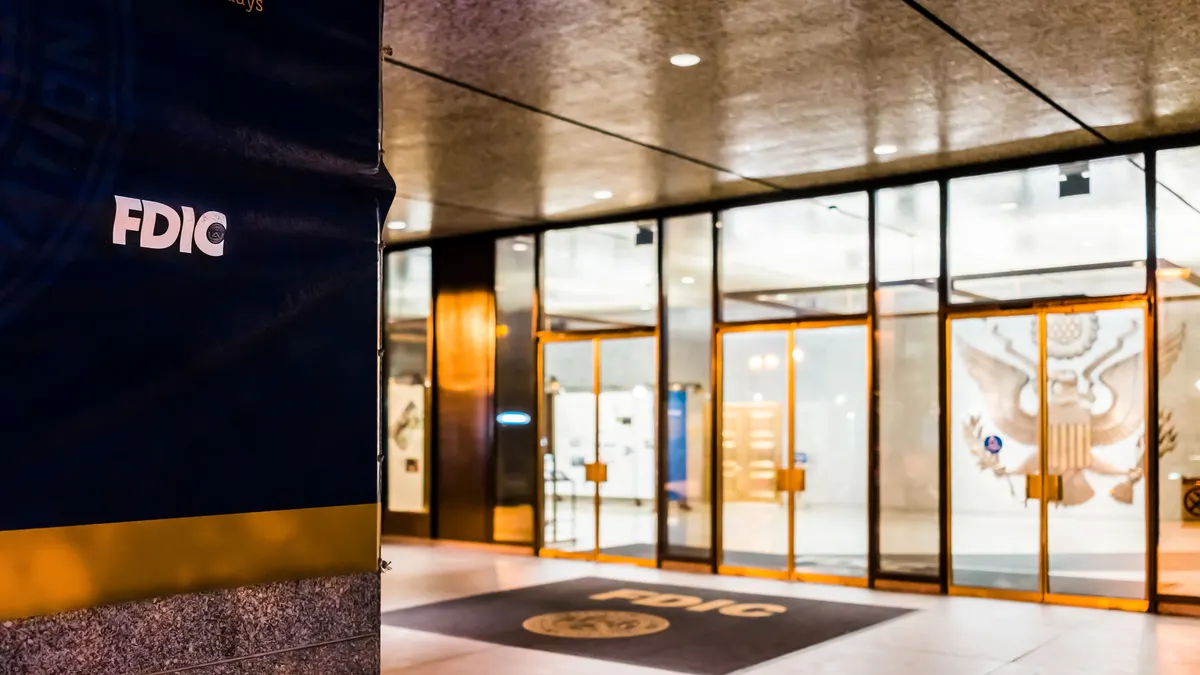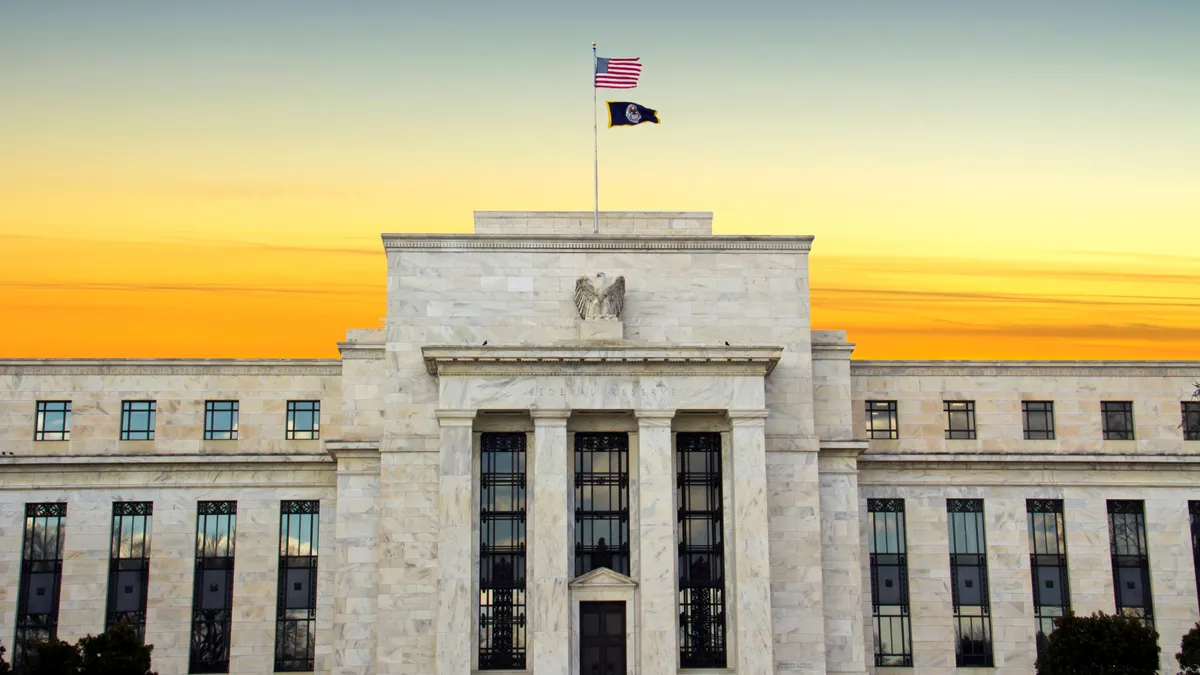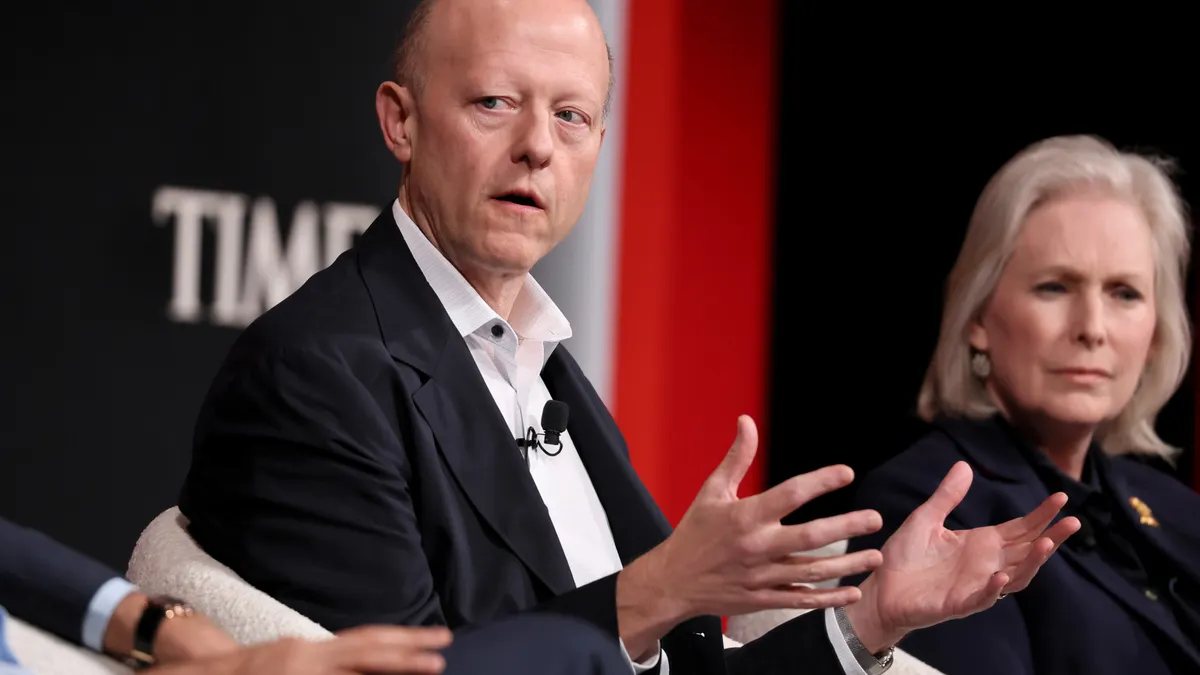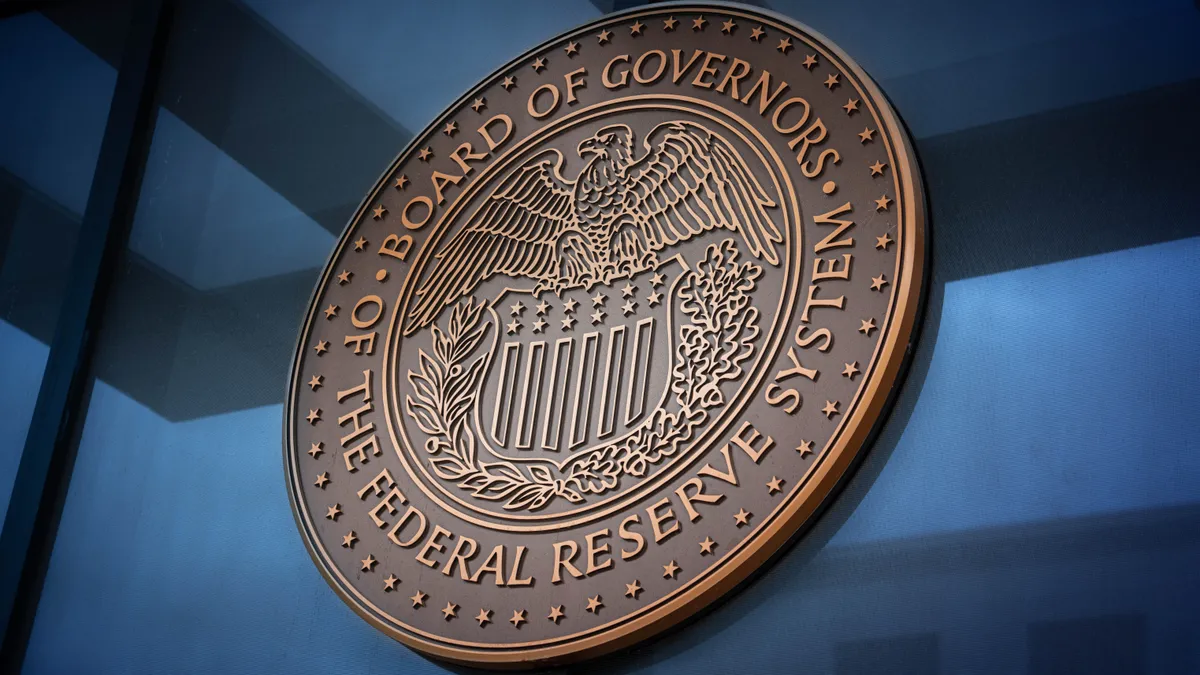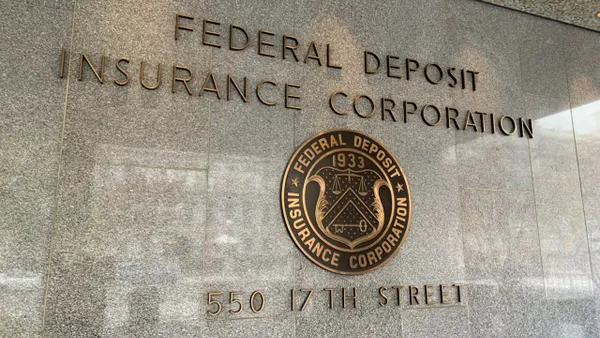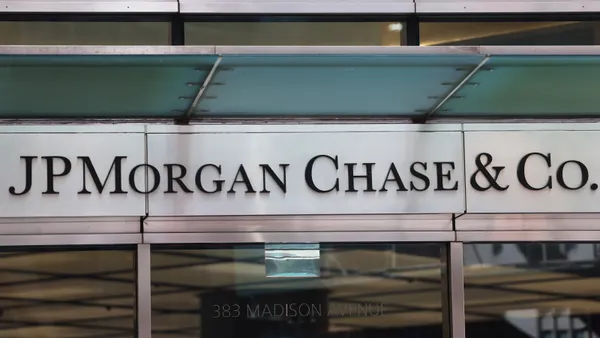An online mapping tool rolled out this month by the Federal Deposit Insurance Corp. is aimed at revealing areas of opportunity for minority depository institutions.
Banks and investors can use the minority banking opportunity explorer tool to identify geographic areas with large minority populations that may benefit from the addition of banking services, whether that’s the creation of a new MDI, or additional branches or advertising by existing MDIs, said Betty J. Rudolph, the FDIC’s director of the office of minority and community development banking.
MDI refers to federally insured depository institutions where at least 51% of the voting stock is owned by minorities, or those whose boards are mostly made up of minorities that serve predominantly minority communities, according to the FDIC.
There’s opportunity for academics and others to look at the data, too, and identify patterns and opportunities, Rudolph said. “It’s kind of an open data presentation with the purpose of creating additional banking opportunities in neighborhoods that may not have benefited from them,” she said during a recent interview.
Editor’s note: This interview has been edited for clarity and brevity.
BANKING DIVE: What was the impetus behind this tool?
BETTY J. RUDOLPH: The FDIC insures about 150 MDIs and we supervise about two-thirds of those. One of the goals is to encourage and promote the creation of new MDIs.
I’ve been working in this space for about 12 years, and it’s always been the hardest nut to crack, because the government sort of doesn’t get involved in telling the private sector where to accumulate capital and where to start a business. There are barriers to entry in banking, and we have an application process and statutory factors that we apply. But it’s always been hard to reach that goal.
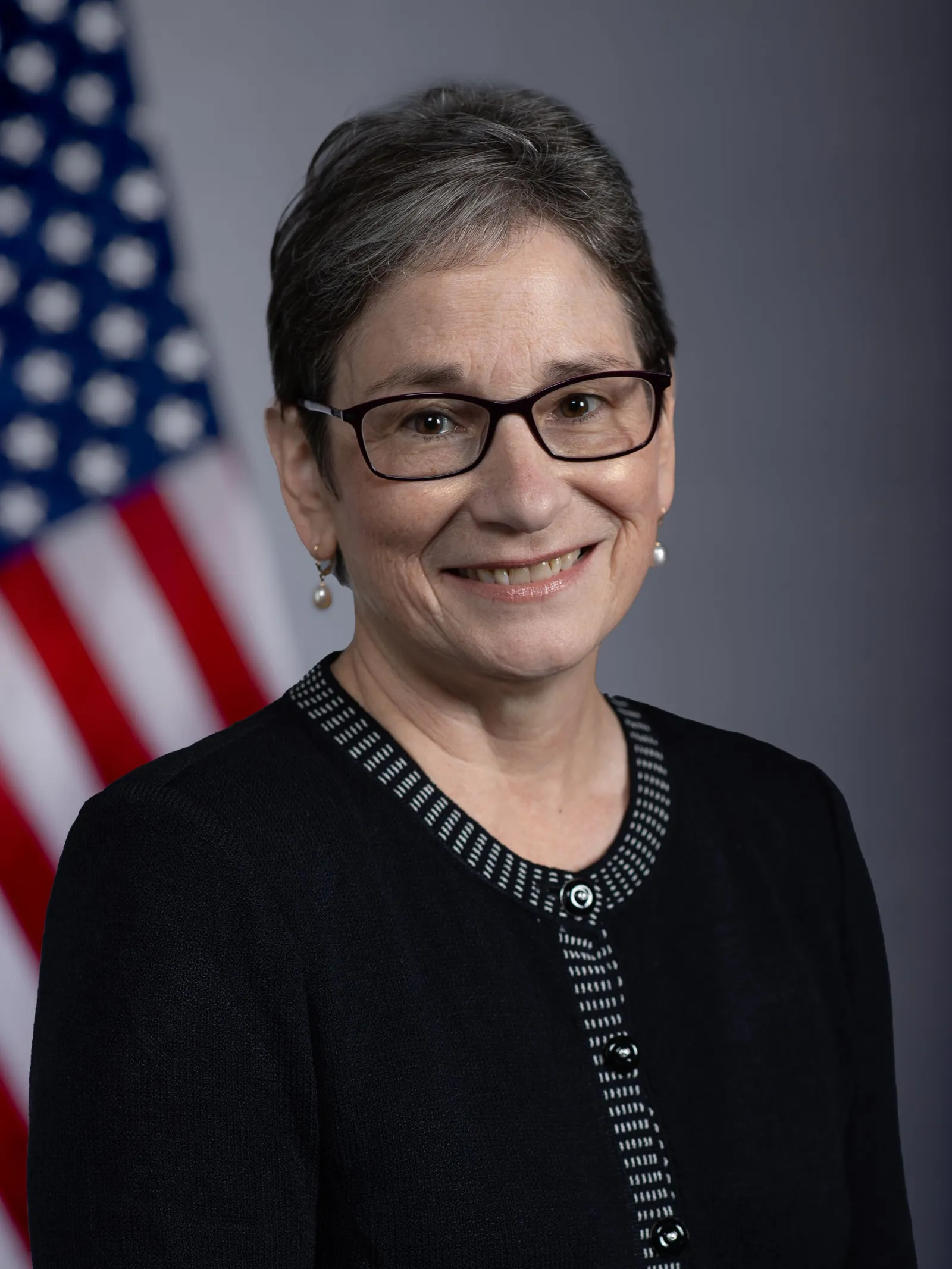
So we thought we would create an interactive mapping tool that would show where there are statistically significant minority populations that may not be served by a current institution. We’re using data from the Census department, and information the FDIC has on bank deposit and branch locations. The interactive tool lays out, for people who might want to do their own research, is this an area that is ripe for perhaps a business opportunity, whether it’s starting a bank there, or for an existing MDI to expand?
We did a demo of this for existing MDIs as part of our subcommittee, and members said this would be really helpful in pinpointing where we could open a new branch ourselves or where we could market to customers that are maybe within our footprint but we’re not reaching right now.
What do you hope to see come from the launch of this tool, or how would you measure success?
Our goal is to encourage and promote the creation of new MDIs, but we don’t set goals or say we want X number of new MDIs. It’s very similar to mergers of MDIs; we’re neutral to that. It might be there are fewer MDIs, but they’re larger because they’ve merged together. We’re kind of value-neutral on that question, but we’re hoping that it could create opportunities for existing MDIs to expand or market differently. It could encourage the creation of new MDIs. There is an application process that takes place, and we do, as part of our program, provide technical assistance and support for applicants for deposit insurance through the FDIC’s regular process.
In theory, we would like to see more, but we don’t set goals for that, because the market determines that. We’re facilitating an opportunity for the market to work.
Any similar tools or other initiatives in the works?
We’re working on an update to a 2019 research study. It was an 18-year study, from 2001 to 2018, showing what those institutions look like, how they changed over that time, their financial performance, and social impact. These institutions really do well at serving low- and moderate-income communities, much higher than comparable non-MDI community banks, and they serve minority populations at higher rates.
There have been a lot of developments in the last five years, in terms of new capital – public sector and private sector – coming into the industry. Historically, many of these institutions have been starved for capital. Think about new immigrant populations coming into the U.S., formerly enslaved people getting access to financial services, people that might not have had access to credit, and the difficulty of raising capital for those institutions that were formed to serve those populations.
A couple of funds have been developed over the past couple of years. The FDIC actually developed a blueprint for one of them, the Mission-Driven Bank Fund, which is a private equity fund that’s been raising money to invest in these institutions.
We wear two hats at the FDIC: The first one is bank supervision, we supervise these banks and we examine them; and the second hat is preserve and promote. We engage with them and do roundtables, we do a lot of outreach and advocacy. We tell origin stories, we have some podcasts on partnerships between MDIs and large or regional banks, and how to build capacity and scale in these institutions, which are typically smaller.
Over the long arc of things, when the economy catches a cold, MDIs catch the flu, is what they used to say, primarily because communities that these institutions serve are generally hit harder during economic downturns.
But there's a lot of promise, there's a lot of support for these institutions. In the past six years, there have been eight new MDIs that have opened their doors.
Do you expect any change with the new presidential administration or a new FDIC chair, as it relates to these efforts or the approach to MDIs?
In the 12 years that I’ve been working in this space, I think there’s bipartisan support for mission-driven institutions.




